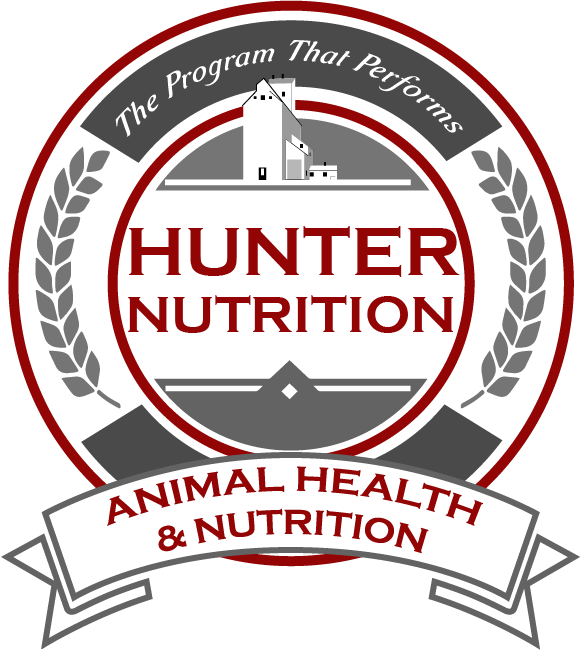
Your cows can be fed one of two ways this winter. (1) Feed to just get through the winter, or (2) Feed for Success. Winter winds and cold temperatures are demanding. Add calving and the feeding of lower value feeds; creates much higher nutritional requirements than any other time of the year. Meeting nutritional requirements is critical,
Winter feeding for production is a double challenge of low nutritional quality of stored forages and feeding for late gestation and lactation. The fact that these production cycles coincide with low quality forage makes supplemental feeding critical for success. The probability of deficiencies of even a basic nutrient such as energy or protein and certainly selenium, magnesium, calcium, and Vitamin E is high! Without adequate energy, newborns will be small and weak. Stillborn and abortions will also be at a higher level. Adult animals that are shorted on energy will lose weight, have low milk production, a shortened live span, and have a longer re-breeding interval.
Cows require energy for calf development, digestion, lactation, maintenance of body temperature and all body functions. Cows derive the energy they need from the rumen’s digestion of feeds. Cows can utilize serval feedstuffs which cannot be used by non-ruminant’s. However forage quality is still important. Intake of hay/silage must be adequate to meet energy and protein needs. If forage quality is low, intake is low.
Low quality forage might be consumed at 1.8% of body weight (dry cow). Compare this to summer pasture at 2.2%, average forage at 2.2%, lush pasture 2.5%, high quality forage at 2.7%. Cows on low quality forages will not be able to consume enough to keep themselves warm. They will also fall short on intake of protein that they need, (as well as, the protein needed by the rumen microbes). Keep in mind that a lactating cow requires 50% more energy (TDN) than a dry cow. Note: A Kansas State Study showed that a cow subjected to 20F in a 14 mph wind needed 28% more energy than at 32F no wind. Take care of your cows this winter, and they will take care of you.
Go Back to Articles